Close
BISMUTH SULFITE AGAR (WILSON BLAIR) 500 grams/bottle
SKU
CDL/1011
Brand
CONDALAB
Pre-order (Deliver in 8 to 12 weeks)
Bismuth Sulfite Agar (Wilson Blair) is a modification of the Wilson Blair Medium, and generally accepted as routine for the detection of most Salmonella, in particular Salmonella typhi.
Peptone and beef extract provide nitrogen, vitamins, minerals and amino acids essential for growth. Dextrose is the fermentable carbohydrate providing carbon and energy, Bismuth sulfite indicator and brilliant green are inhibitors of Gram positive bacteria and members of the coliform group. Disodium phosphate acts as a buffer system and bacteriological agar is the solidifying agent.
Ferrous sulfate is included for detection of H2S production. When H2S is present, Salmonella spp reduces the iron salts to iron sulfate, which produces a black colony and turns the bismuth indicator to metallic bismuth, surrounding the area of the colonies with a bright sheen.
The colonies of S. typhi are black surrounded by a black or brownish zone, with a metallic sheen. In heavy growth areas, these may appear as light green colonies. Other strains of Salmonella produce black to green colonies with little or no darkening of the surrounding medium. Shigella spp, other than Shigella flexneri and Shigella sonnei, do not grow. Those colonies that do grow are brown to green, raised with a crater-like appearance. E.coli is partially inhibited, occasionally growing with brown or greenish glistening colonies. A few Enterobacter strains may grow with raised, mucoid colonies, having a silvery sheen lighter than S. typhi. Colonies of coliforms that produce H2S form colonies similar in appearance to S. typhi. These may be readily differentiated as they produce gas with lactose media, e.g. TSI Agar (Cat.1046) or Kligler Iron Agar (Cat. 1042). The hydrolysis of urea in Urea Broth (Cat. 1226) or Urea Agar Base (Cat. 1110) may be used to identify Proteus spp.
| Brand | CONDALAB |
|---|
Write Your Own Review
More from CONDALAB

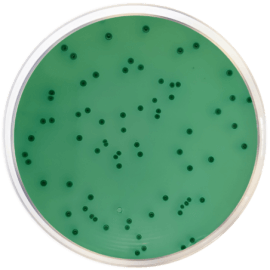

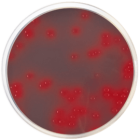
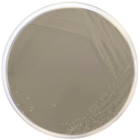
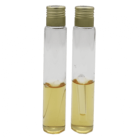



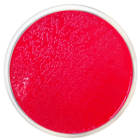
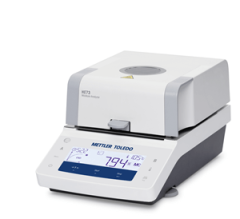
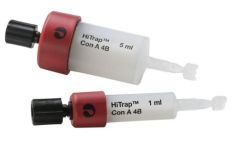
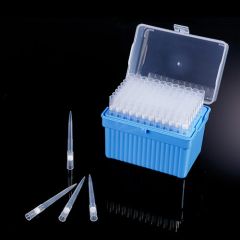
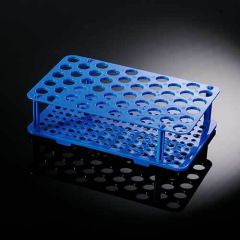
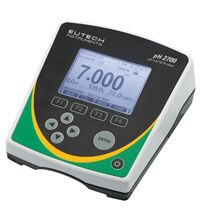

Validate your login